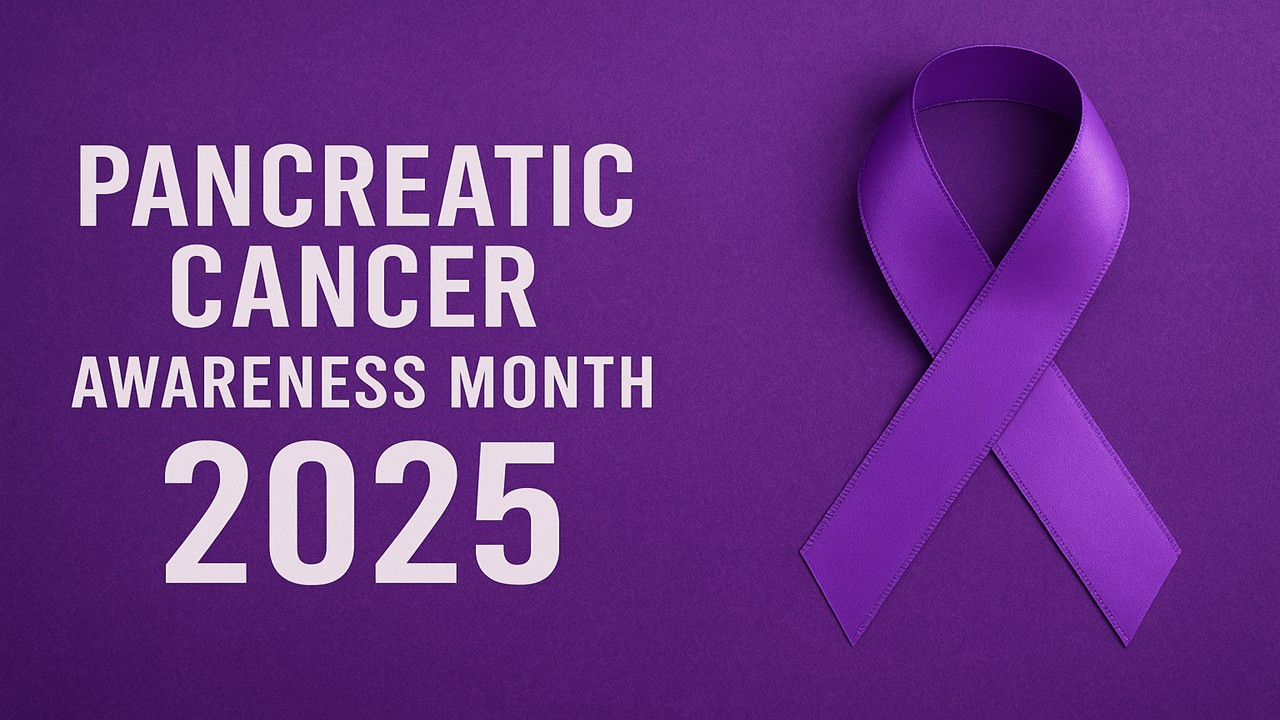Syncromune, a privately held, clinical-stage biopharmaceutical company headquartered in Fort Lauderdale, Florida, is innovating immunotherapy for cancer treatment. The company’s mission is to develop groundbreaking therapies that significantly enhance response rates and potentially improve survival outcomes for patients with metastatic solid tumor cancers.
Syncromune is developing an innovative in situ personalized therapy platform for solid tumor cancers called SYNC-T. This therapy is a combination multi-target biologic drug/device designed to activate the immune system to recognize and attack cancer throughout the body.
SYNC-T works by using a device to induce partial oncolysis of a target tumor, followed by the intratumoral infusion of a multi-target biologic drug. This unique approach combines partial tumor destruction through freezing with intratumoral immunotherapy, stimulating the immune system to identify and target patient-specific cancer cells.

Executive Chairman
Syncromune
By focusing on in situ activation of the immune system, Syncromune aims to address the limitations of current immunotherapies, particularly for solid tumors that traditionally show resistance to such treatments. Their SYNC-T therapy uses significantly lower doses and has the potential for fewer side effects compared to traditional intravenous (IV) administration.
The platform’s first two candidates, SV-101 and SV-102, are currently in Phase I trials. SV-101 is being tested for metastatic breast cancer and non-small cell lung cancer (NSCLC), while SV-102 is being evaluated for metastatic castrate-resistant prostate cancer (mCRPC).
To learn more about Syncromune and its innovation in the solid tumor space, Xtalks spoke with Syncromune’s Executive Chairman, Charles Link, MD. Dr. Link discussed the challenges facing immunotherapy for solid tumors, the unique technology behind SYNC-T and the promising early trial results.
XTALKS CLINICAL EDGE: Issue 3 — Interview with Syncromune’s Dr. Link
Xtalks Clinical Edge is a magazine for clinical research professionals and all who want to be informed about the latest trends and happenings in clinical trials. This magazine immerses you in a world where industry leaders, patient advocates and top researchers converge to provide the most insightful perspectives on clinical trials.
Addressing Challenges in Solid Tumor Immunotherapy
Immunotherapy has been a revolutionary development in cancer treatment, offering hope to many patients. However, the challenge remains that only about 15 to 20 percent of solid tumors respond to current immunotherapies.
Dr. Link explains that most solid tumors exhibit primary resistance to immunotherapy, with prostate cancer being a notable example. This resistance stems from the tumors’ biology and the immune system’s inability to mount a sufficient response. Moreover, the combination of immunotherapy drugs often leads to severe autoimmune toxicities, particularly in older, more fragile patients. Addressing these challenges requires innovative approaches to enhance immunotherapy’s reach and reduce associated toxicities.
Syncromune’s SYNC-T therapy represents a groundbreaking approach to treating solid tumors. By creating an in situ vaccine within the tumor, SYNC-T releases cancer antigens directly into the tumor microenvironment. This process involves freezing part of the tumor and disrupting cell membranes to release antigens, followed by the infusion of a multi-target biologic drug (SV-102) directly into the tumor. This locoregional delivery method minimizes systemic exposure, thereby reducing the risk of severe autoimmune side effects.
Phase I Trial Results
At the recent American Association for Cancer Research (AACR) 2024 annual conference, Syncromune presented late-breaking data from a Phase I trial of SV-102. This trial focused on mCRPC, a type of cancer notoriously resistant to traditional immunotherapy. The results showed that an 85 percent overall response rate (ORR) was achieved, significantly surpassing the typical 20 to 40 percent ORR seen with the standard of care. Furthermore, the trial enrolled 15 subjects who nearly all had diffuse bone metastases and treatment-resistant histories, demonstrating minimal side effects and no notable safety issues.
One of the most striking outcomes was the case of a patient with over 50 metastatic lesions throughout his bones, who achieved complete remission. This case exemplifies the potential of SYNC-T to transform the treatment landscape for advanced prostate cancer and other solid tumors.
Transforming the Tumor Microenvironment
SYNC-T’s ability to turn “cold” tumors into “hot” tumors is a key innovation, making them more responsive to immune attacks. SYNC-T employs a combination approach that targets to overcome these and other mechanisms by first creating a personalized in situ vaccine within the tumor and then infusing a multi-target biologic drug.
The process is initiated by inserting a needle into the tumor and using a proprietary freeze-thaw method to partially lyse the tumor and release a flood of tumor antigens to create an in situ vaccine. Localized inflammation also occurs, which helps to prime the immune system and convert the tumor microenvironment from immune-suppressive to immune-active.
After an in situ vaccine is created, a multi-target biologic drug is infused directly into the lysed area of the tumor. The release of tumor-specific antigens combined with the multi-target biologic drug activates the immune system while simultaneously providing immune stimulation and blocking immune suppression. This leads to activation and proliferation of T cells and a potent, systemic immune response capable of recognizing and attacking metastases throughout the body.
Unlike systemic immunotherapy, which can cause significant toxicities, SYNC-T focuses the immune response locally which requires a much lower dose and a reduced risk of adverse events. This method represents a major advancement, potentially benefiting a wider range of patients with solid tumors.
Technical Implementation of SYNC-T
SYNC-T involves a straightforward drug-device combination that uses techniques familiar to urologists and interventional radiologists. These specialists, already adept at needle biopsies, can easily adopt the SYNC-T procedure. The process involves:
- Conscious Sedation and Needle Insertion: Using imaging guidance, a sheath with an inner probe is inserted into the tumor, freezing a portion of the tumor by creating a one-centimeter ice ball.
- Freeze-Thaw Cycle: As the ice ball passively thaws and disrupts tumor cell membranes, tumor antigens are released.
- Drug Infusion: The inner probe is removed, leaving a sheath through which the biologic drug mixture is infused into the lysed portion of the tumor over a period of five minutes. The drug diffuses through the tumor microenvironment and drains into regional lymph nodes along with the tumor antigens.
This procedure is easily integrated into current medical practices, allowing urologists and interventional radiologists to treat advanced cancers typically managed by oncologists.
Syncromune’s Future Directions
Syncromune is expanding clinical trials and exploring SYNC-T’s application in other tumor types. The FDA has cleared the Investigational New Drug (IND) application for SYNC-T SV-102 for mCRPC, with studies beginning at five US sites, including Cornell. These trials will further investigate dosing and efficacy. Syncromune is also testing SYNC-T in breast cancer with their second multi-target biologic drug candidate, SV-101.
The long-term goal is to refine the SYNC-T platform, potentially creating a new cancer therapy category that combines personalized in situ vaccines with multi-target biologics.
The Broader Impact and Future of Immunotherapy
Dr. Link highlights exciting advancements in targeted radiopharmaceuticals, such as prostate-specific membrane antigen (PSMA)-targeted Pluvicto, which have shown significant survival benefits in prostate cancer. These therapies represent a major breakthrough, offering improved outcomes for patients. However, he notes that long-term data is still needed to fully understand the durability of these responses.
“In five to ten years, I envision that by performing a tumor biopsy and identifying the immune suppression molecules present in a patient’s cancer, we will be able to optimize and select the most effective complex biologic tailored to that patient’s specific immune signature,” said Dr. Link.
Syncromune’s innovative approach with SYNC-T could potentially redefine the treatment landscape for solid tumors. The company’s focus on locoregional therapy aims to provide a more effective and less toxic alternative to systemic immunotherapies. This approach could be particularly beneficial for the 75 to 80 percent of solid tumor patients who currently do not respond to existing immunotherapies. By minimizing systemic exposure and directly targeting the tumor microenvironment, SYNC-T could reduce the risk of severe autoimmune side effects, making it a potentially safer option for patients.













Join or login to leave a comment
JOIN LOGIN